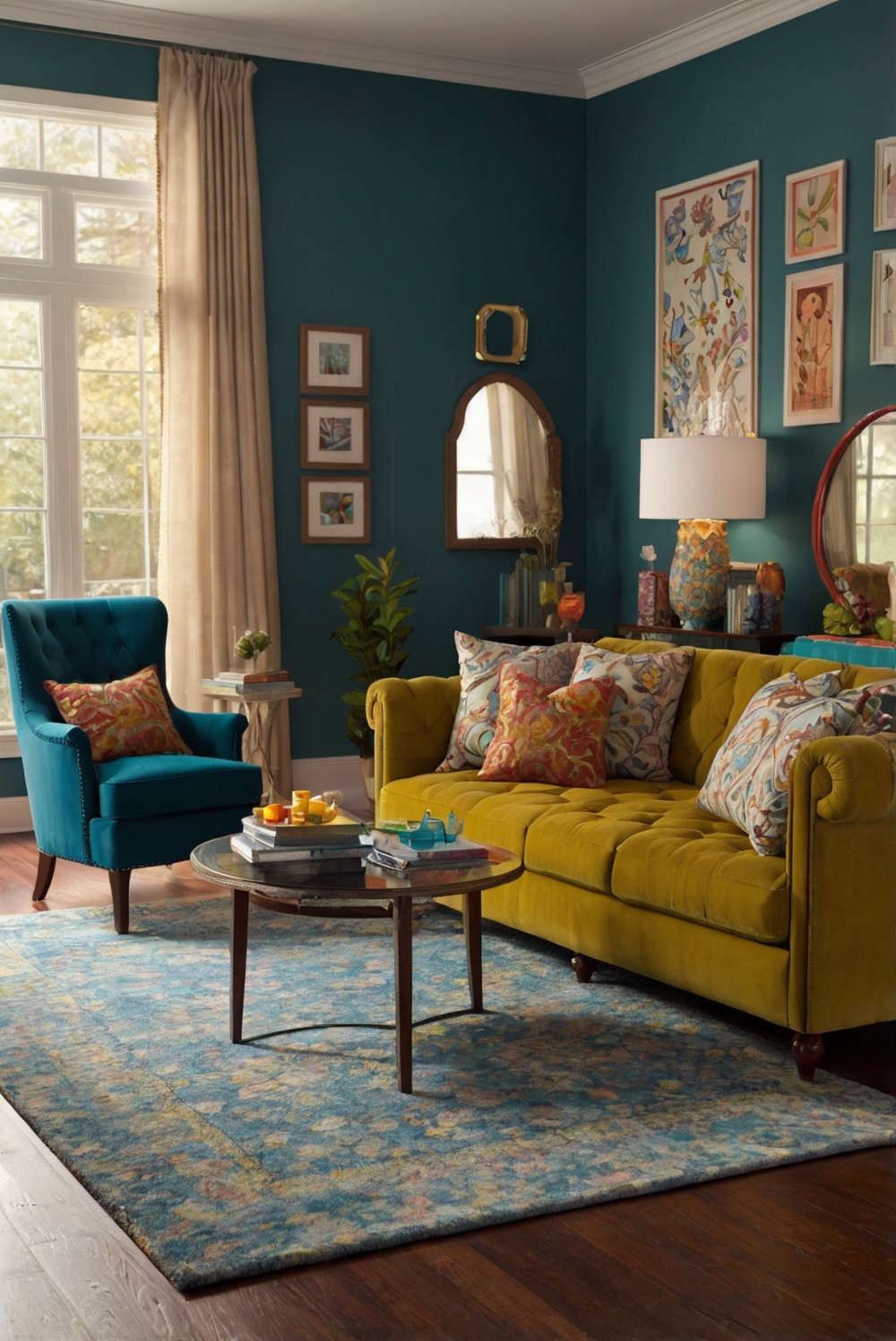Step into the world of interior design and learn how to achieve balance with your living room colors in this daily routine guide for interior designers.
**How can you achieve a balanced look with your living room colors?**
In order to achieve a balanced look with your living room colors, start by selecting a color palette that includes a mix of complementary and analogous colors. Consider the size and lighting of the room when choosing colors. Use lighter shades to create an illusion of space in smaller rooms and darker tones to add coziness in larger spaces. Balance warm and cool tones for a harmonious feel. Experiment with different textures and finishes to add depth to the design. Utilize accent walls or furniture pieces to introduce pops of color. Don’t forget to match your wall paint with your furniture and decor to create a cohesive look.
Space Planning and Interior Design are essential elements when decorating interiors. Ensure that the color scheme flows seamlessly throughout the space. Seek professional advice from interior designers if needed for the perfect home interior design.
How to Achieve a Balanced Look with Your Living Room Colors
Choosing the right color scheme for your living room is essential to creating a balanced and harmonious space. Here are some tips to help you achieve a cohesive look:
1. Start with a Neutral Base
Begin by selecting a neutral color as the base for your living room. Neutrals like white, beige, or gray provide a versatile foundation that can easily be paired with other colors.
2. Add Accents in Bold Colors
Once you have your neutral base, incorporate bold accent colors to add interest and personality to the space. Bold colors like navy blue, emerald green, or mustard yellow can create a striking contrast against the neutral backdrop.
3. Use the 60-30-10 Rule
Follow the 60-30-10 rule when choosing your color scheme. This rule suggests that 60% of the room should be in a dominant color, 30% in a secondary color, and 10% in an accent color. This helps create a balanced and visually appealing look.
Additional Tips for Achieving a Balanced Look:
4. Consider the Mood You Want to Create
Think about the mood you want to create in your living room. Warm colors like red, orange, and yellow can create a cozy and inviting atmosphere, while cool colors like blue and green can promote relaxation and calmness.
5. Balance Light and Dark Colors
Balance light and dark colors in your color scheme to avoid a room that feels unbalanced or overwhelming. Pairing light colors with dark ones can create depth and visual interest in the space.
By following these tips and considering the mood you want to create, you can achieve a balanced look with your living room colors that reflects your personal style and creates a welcoming atmosphere for you and your guests.

